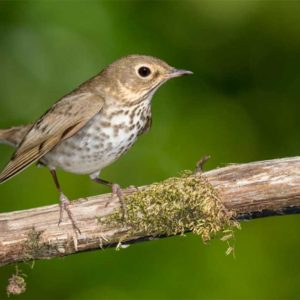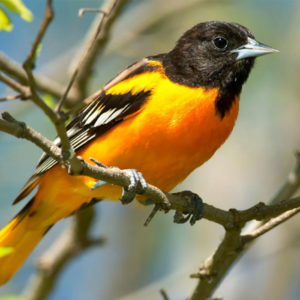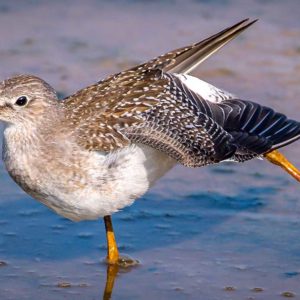Much Still Unknown About Gulf Spill Effects on Birds
Yesterday I participated in a webinar put on by the US Fish and Wildlife Service and the Canadian Wildlife Service on the impacts of the Gulf oil spill on migratory birds. The presenter, a scientist from the fisheries and wildlife branch of the Natural Resource Damage Assessment (NRDA) Department, described the complex assessment process and touched on some of the results of ongoing work.
The bottom line is that there is still a considerable amount of oil not accounted for, and that beneath the silts and muds in many of the coastal wetlands in Louisiana, and beneath the sand of beaches, are several layers of oil and tar in the substrate.
Some of the coastal mangrove islands with bird colonies have been impacted; mangroves have died and birds are forced to nest on the ground, only a metre of so above sea level, exposing their nests to inundation risk. There is still evidence of some light oiling of Pelicans.
The impact on oiled birds, particularly migratory birds, appears less than it potentially was – about 8 thousand birds were observed/ recovered oiled or found dead, representing some fraction, perhaps 10%, of the total killed. Laughing Gull, Brown Pelican, (Gulf Coast breeders), Northern Gannet (Canada – Atlantic coast), and Roseate Tern were the most affected species identified.
It is common to see an oily sheen on the water, and there is concern of storms in the Gulf stirring up the sediment and exposing the oil again in the marshes.
Information on toxicology is embargoed, as are many other specific details due to litigation around damages. This may be the case for many, many years. The last fisheries have opened recently, but there is still concern about what people are eating. Every type of study imaginable is underway, but again, with no information forthcoming (e.g. toxicology, ecology). Some partial payment from BP for damages has been made, and the Coastal states have each received large sums which are being dispersed to a range of organizations.
Much more information is available on the NRDA website – though, as I mentioned, many details and results are embargoed.
It’s also worthwhile to check out the USFWS Deepwater Horizon Oil Spill website that keeps on tally of birds and wildlife impacted, which is revised from time to time. It breaks down the species found.



